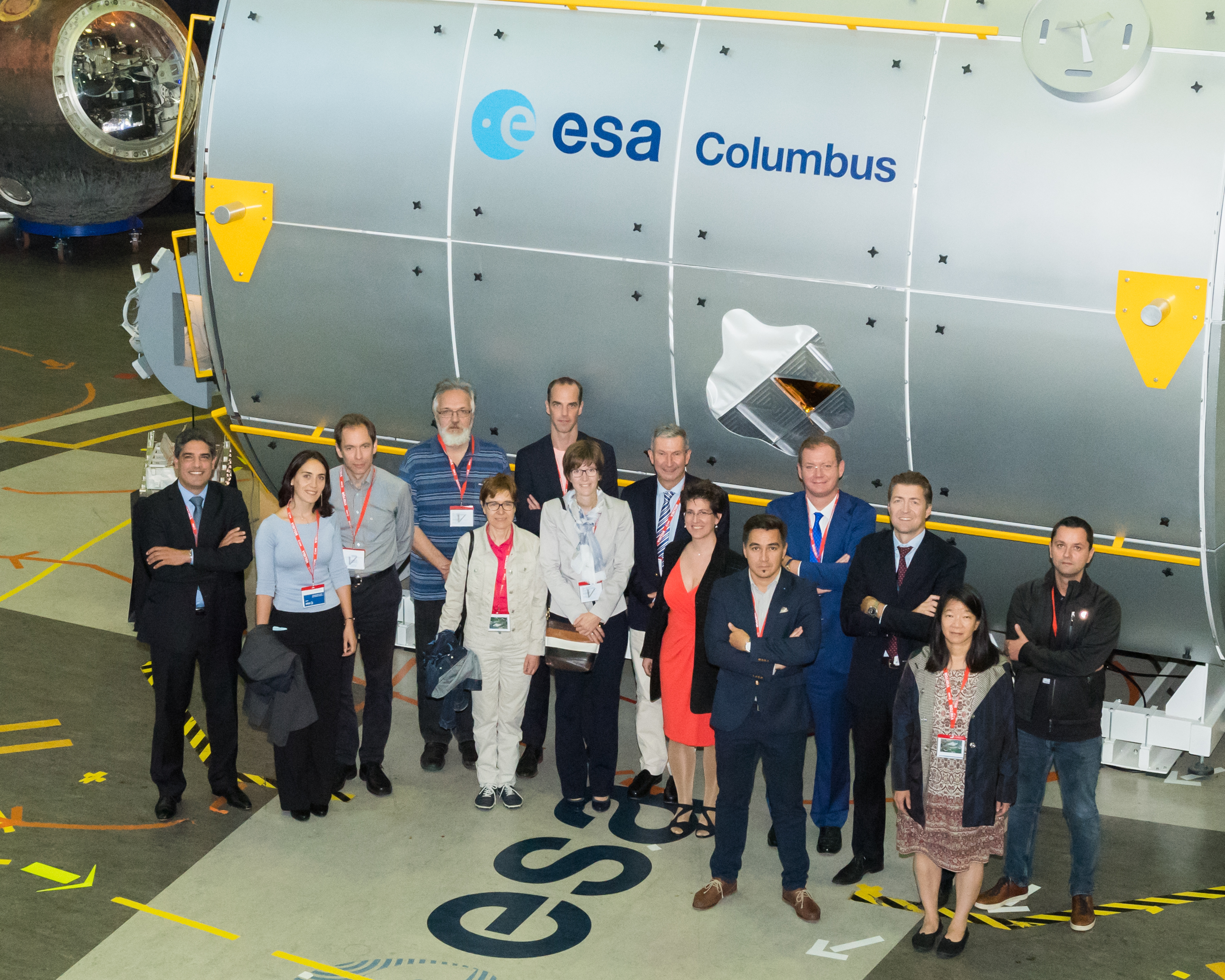Credit: www.3dprintingindustry.com
At the European Space Research and Technology Centre (ESTEC) in The Netherlands, a two-day workshop on 3D bioprinting was held. The ESTEC is European Space Agency’s (ESA) primary research and test center for space technology.
The event brought together bioprinting experts to discuss the possibility of using 3D bioprinting and regenerative medicine for medical treatment of astronauts on extraterrestrial missions.
Tommaso Ghidini, ESA’s Head of the Structures, Mechanisms and Materials Division, said, “For the first time in Europe, all the relevant experts have come together to discuss applying 3D bioprinting and regenerative medicine for space.”

HUMEX
ESA’s latest project 3D Printing of Living Tissue for Space Exploration will be conducted under OHB System, a German space and industrial technology company, who has worked with ESA before. Dresden University of Technology will also collaborate on the project. The project will be funded under ESA basic activities, which includes technological research and studies on future projects.
The project is not the first attempt by ESA to explore viable interplanetary habitat options. In 2000, the agency sponsored the HUMEX study, also known as a Study on the Survivability and Adaptation of Humans to Long-Duration Exploratory Missions.
HUMEX study focuses on the health-related issues including survivability and adaptation of astronauts undertaking long-duration mission beyond the Low Earth Orbit (LEO). The LEO is defined as an Earth-center orbit with altitudes between 160 to 2,000 km. Most of the man-made objects such as satellites are in the LEO.
The study reports the effects of cosmic radiation, reduced gravity on Mars and Moon, gravity changes during launch, and related psychological health issues. The findings of HUMEX are a guide for ESA researchers taking part in future projects related to interplanetary travel and habitat.

3D bioprinting in space
3D bioprinting has made its mark in the field of medicine. The technology has been used to bioprint ligament and tendons from stem cells, study diseases like Alzheimer’s, and for 3D printing scaffolds in regenerative medicine.
In our ‘The Future of 3D printing’ series guest article, Professor Gordon Wallace also talked about 3D bioprinting stem cells, and what the technology will be like in 2022.
The latest ESA project intends to advance 3D bioprinting to the level where it becomes possible to 3D print skin, bones and organs.
However, the issues highlighted in HUMEX are complicated, and space beyond Earth is alien and hostile and presents different challenges. As Sandra Podhajsky, a researcher from OHB System’s Life Sciences explained, “Compared to today’s low-Earth-orbiting crews, long distance missions to far away destinations will face very different challenges.”
For example, some of the space mission scenarios sketched in the HUMEX study include, one hundred and eighty days stay on the Moon with a crew size of four. A thousand-day long mission to Mars, of which four hundred days will be spent on the red planet. And a five hundred day trip to Mars of which thirty days will be spent on the planet.

Tackling problems of beyond-Earth 3D bioprinting
In view of the scenarios mentioned in the HUMEX study, getting medical attention to the traveling crew is nearly impossible. As Podhajsky explained, “In the event of a medical emergency a rapid return home will not be feasible. Instead, patients will have to be treated on the spot. Thus we are evaluating the feasibility and added value of implementing different 3D printing technologies and bioprinted tissues into future exploration missions.”
Another problem is performing medical surgery, as access to equipment and personnel will not be handy in space. Telemedicine, i.e. communication of medical instructions via IT and telecommunications technology, will not be possible due to the communication delay on deep space mssions.
To overcome this difficulty, a possible solution which employs robotic surgeons equipped with Artificial Intelligence was discussed, at the two-day workshop.
Furthermore, beyond the scientific and technological aspect, legal and regulatory issues were also explored. Bioprinting products will need to be controlled by regulatory bodies, like the American FDA, as well as space regulation bodies.
Tommaso Ghidini explained, “We’re asking what astronauts would need in the short, medium and long term, and what steps are needed to mature 3D bioprinting to a level where it can be useful in space. We’re defining a development roadmap and timeline, with the aim that this group becomes a scientific working group in future, pushing progress on.”


